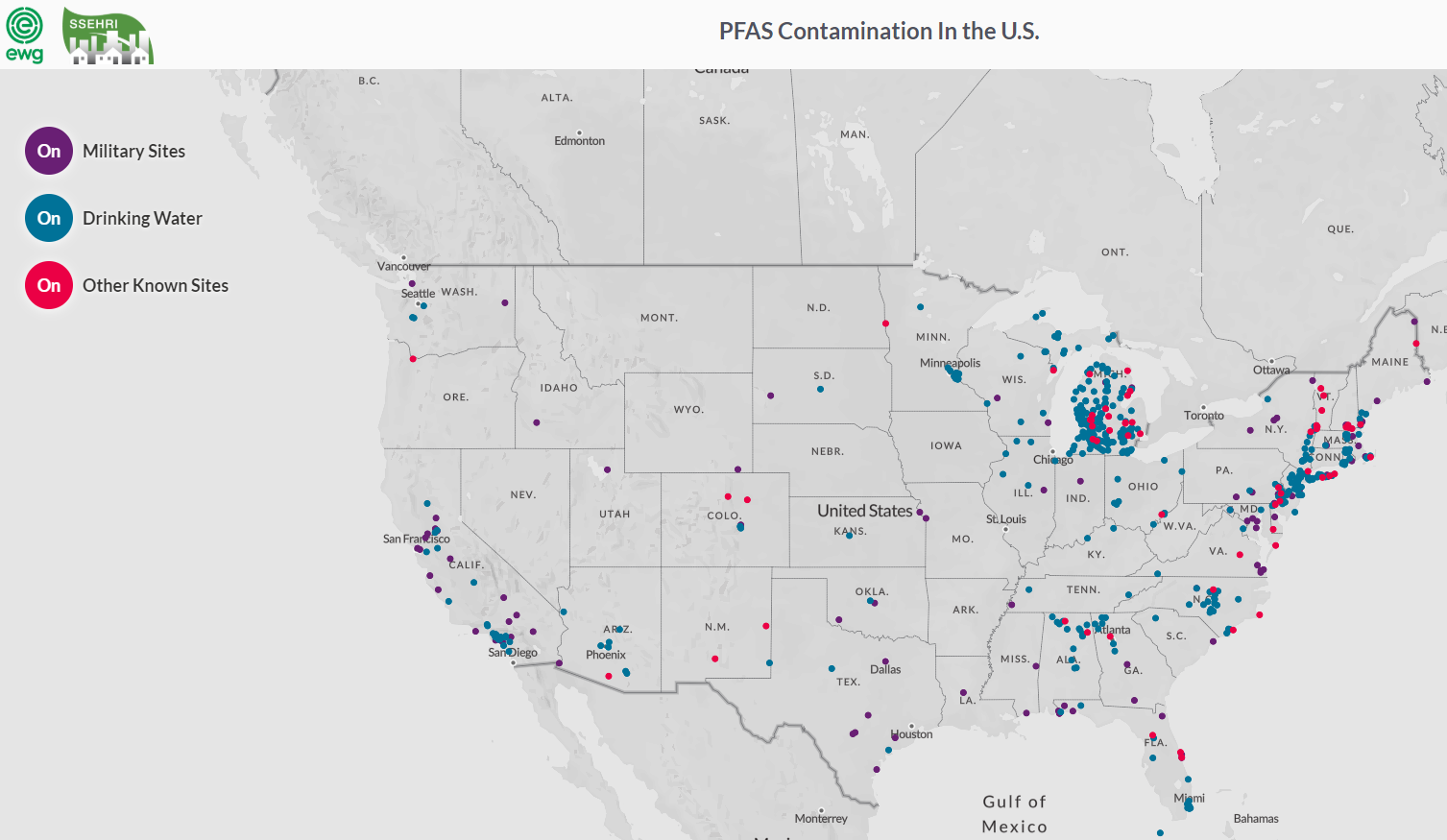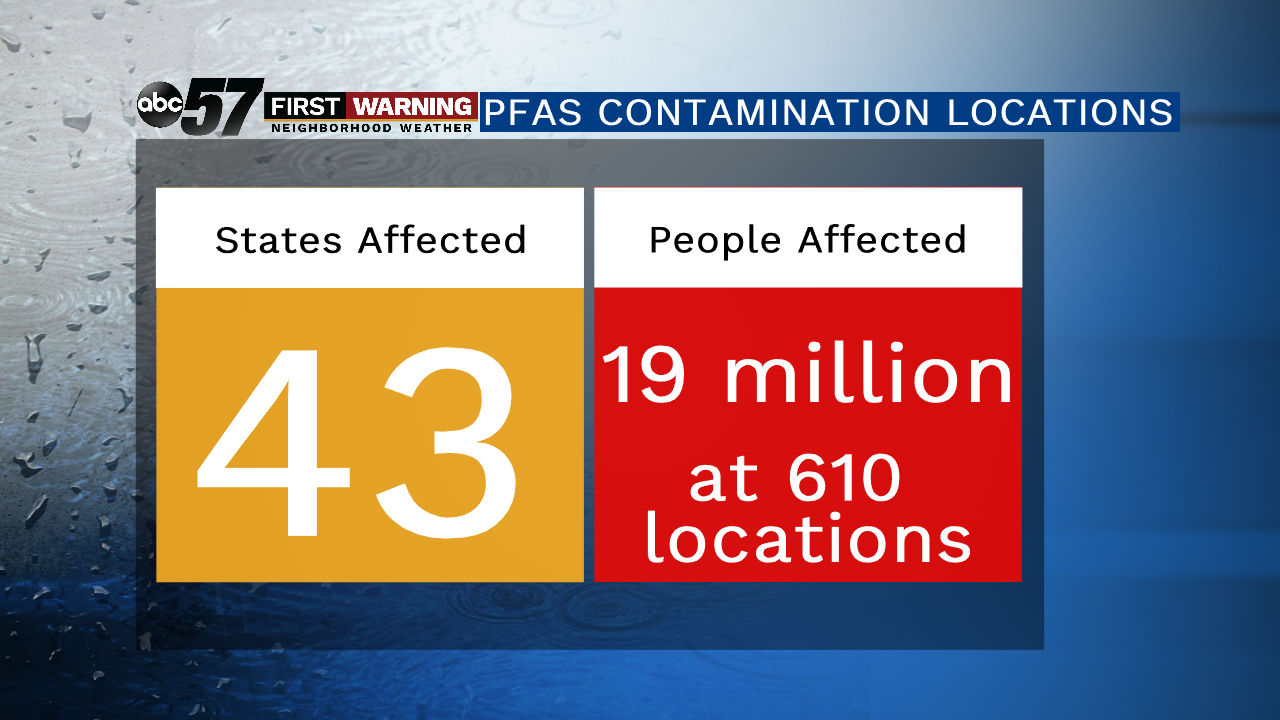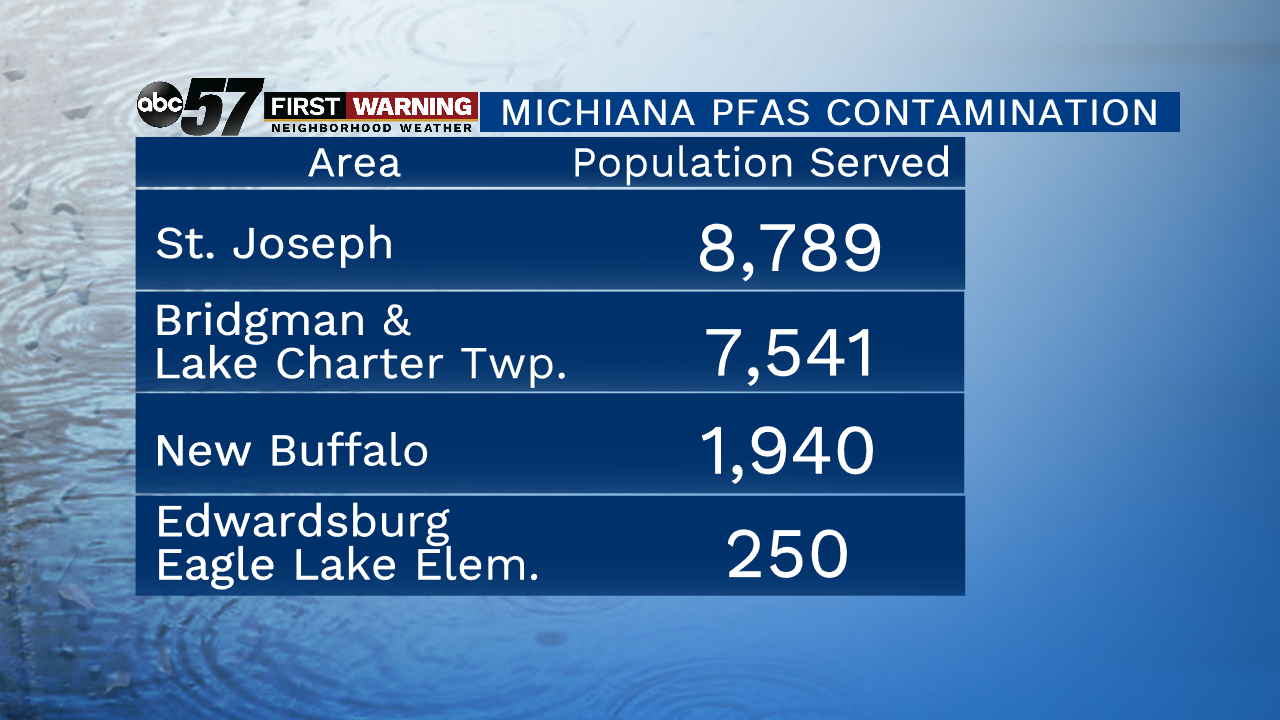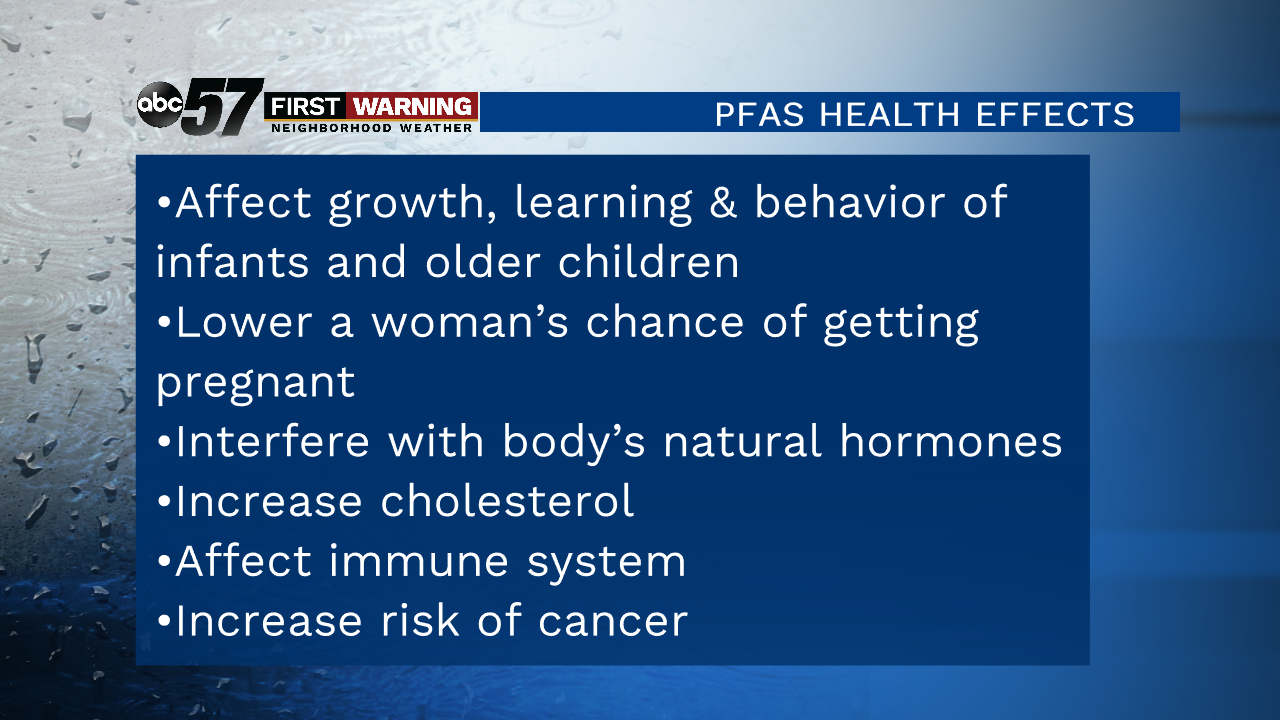New study: Michigan has most PFAS contaminated water sites in U.S.
Posted: May 9, 2019 10:28 AM EST
According to a new study, upwards of 19 million Americans in 43 states are exposed to potentially dangerous contaminants in their drinking water. The study was conducted by the Environmental Working Group and Northeastern University.
It highlights a total of 610 per- and polyfluoroalkyl substances, or PFAS, sites across the country. You can view the interactive map here. PFAS chemicals are a family of thousands of chemicals used to make water-, grease- and stain-repellent coatings for many consumer goods and industrial applications, according to the Environmental Working Group. Per the Environmental Protection Agency, they have been around since the 1940s, and are used in many things. They are sometimes referred to as "forever chemicals" because they take a very long time to break down. The study used data released in 2018 by the U.S. Department of Defense and public water utility reports to highlight the 610 locations across the country with PFAS-contaminated water. Those locations include drinking water sites and military sites, among others. Leading the way with 192 sites is Michigan. This may seem alarming, but Michigan is known to have a very comprehensive water testing program. Still, 192 sites is clearly very high. Included in those 192 Michigan sites are five in the Michiana area. Sites in New Buffalo, Bridgman, Lake Charter Township, St. Joseph, and Edwardsburg have all been flagged by the report as having PFAS-contaminated drinking water. The total number of people served by those five drinking water sites is 18,520. There are no flagged sites in Northern Indiana except Dyer, which is south of Gary along the Illinois state line. While it's difficult to say exactly what the future holds, it's certainly possible that additional sites will reach potentially hazardous or harmful levels of PFAS chemicals down the road. So what are the possible affects of PFAS chemicals? According to the CDC, some studies have linked PFAS exposure to humans with the following effects:• Affect growth, learning, and behavior of infants and older children
• Lower a woman's chance of getting pregnant
• Interfere with the body's natural hormones
• Increase cholesterol levels
• Affect the immune system
• Increase the risk of cancer
Of course, this does not mean you are guaranteed to be impacted by drinking the water in the 610 sites highlighted. What the map is showing are locations could have a high enough concentration of PFAS chemicals to impact humans.



















